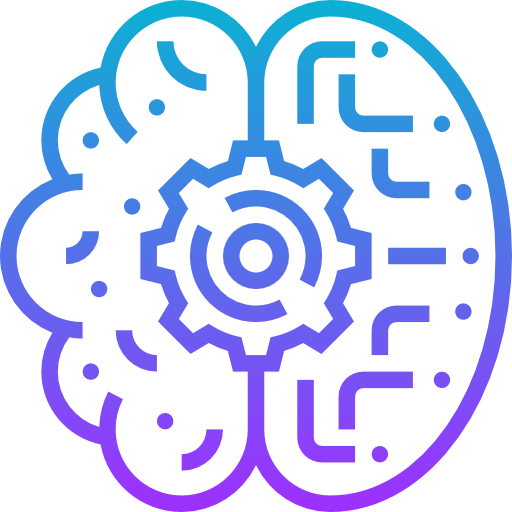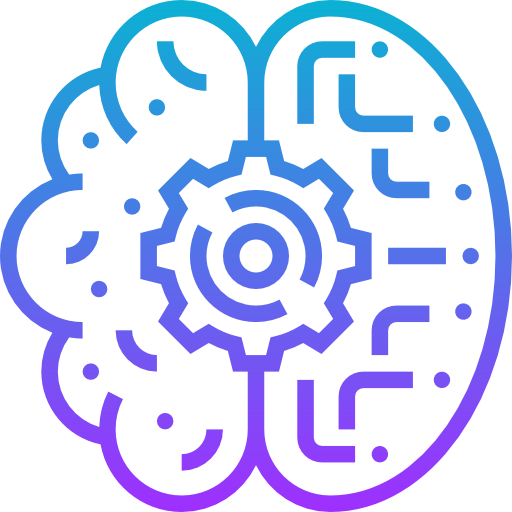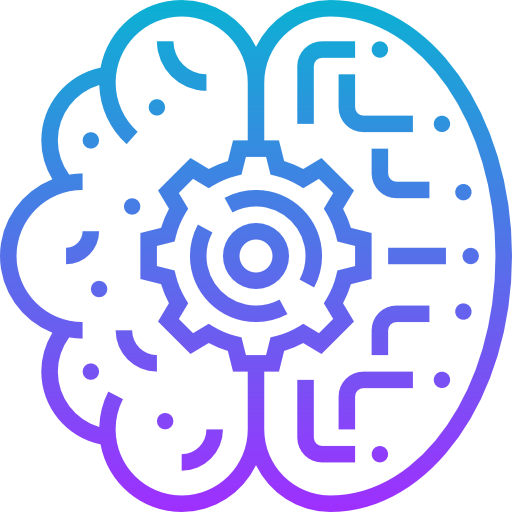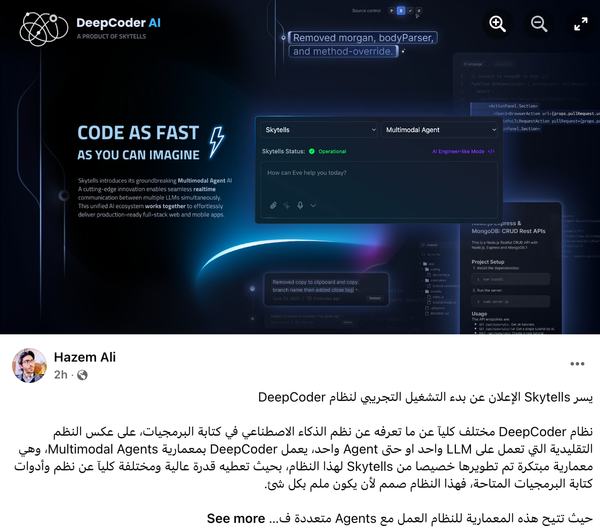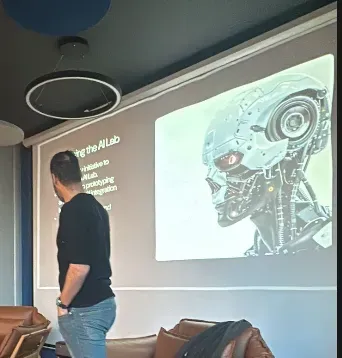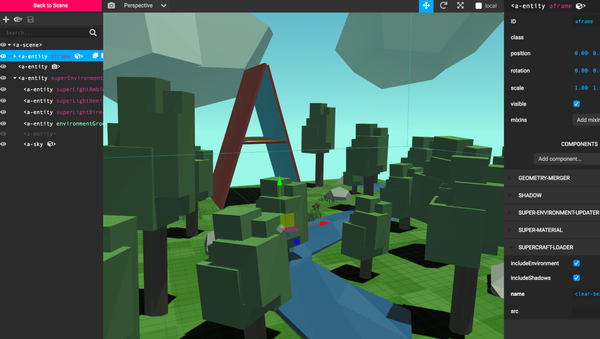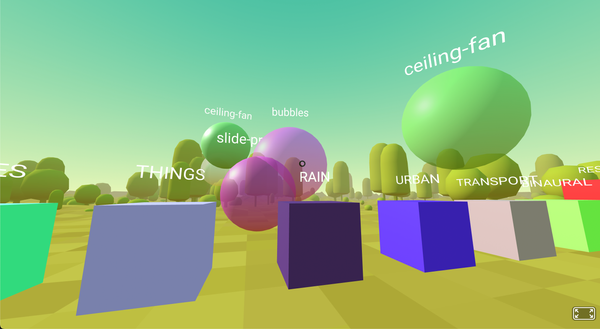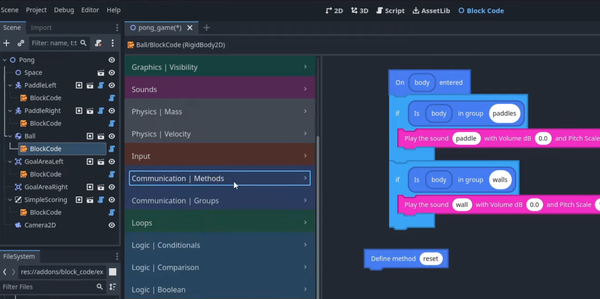AI Agent, How I see it as a Doctor, Developer and AI User
Table of Content
Let me take you back to a moment that really hit home for me. I was sitting in my office, listening to a customers explain their issue—something routine, but important to them.
As they spoke, I realized how much time we spend answering the same questions over and over again: “What do I do about this prescription?” or “How long until I feel better?” Don’t get me wrong—I love helping people, but it struck me how much of my energy goes into repetitive tasks instead of focusing on what truly matters: solving unique problems and connecting deeply with patients.
That’s when I started thinking—what if there was a way to free up that time? What if I could give myself, and others like me, the space to focus on the human side of things while letting technology handle the rest?
That thought sparked something in me, and before I knew it, I was diving headfirst into AI—not just as a doctor, but as a developer and someone who genuinely believes in the power of innovation.

Why We Need AI Agents in Our Workflow?
Fast forward to today, and I’ve been working closely with businesses to help them level up their customer support game using AI. And let me tell you, it’s been nothing short of transformative. Imagine being buried under an avalanche of emails, FAQs, and basic troubleshooting requests. It’s overwhelming—not just for the team, but for the customers too, who are left waiting hours (or even days) for answers. Humans aren’t built for monotony; we thrive on creativity, empathy, and problem-solving. So why waste our potential on repetitive tasks?
AI Agents First Tasks!
That’s where AI comes in—and trust me, it’s not the cold, robotic stereotype you might be picturing. The systems I’m helping design aren’t those frustrating chatbots that repeat canned responses until you want to throw your phone across the room. No, these are smart, intuitive agents that actually listen. They learn from every interaction, adapt to tone, and sometimes even anticipate what a customer needs before they finish typing.
I’ll never forget one company I worked with recently—they were drowning in customer queries. Their human team was swamped, stressed, and struggling to keep up. Customers were getting impatient, and the whole thing felt like a ticking time bomb. Together, we built an AI-driven system using tools like ChatGPT, along with some custom tweaks I added to make it fit their specific needs.
Within weeks, everything changed. Response times went from hours to seconds. Satisfaction scores soared because customers finally felt heard and helped quickly.
One guy even wrote in saying, “Wow, this feels like talking to a real person!” Honestly, reading that feedback gave me goosebumps. Mission accomplished.

Intelligent Automation
But here’s the part that gets me most excited: automating customer support isn’t about replacing humans—it’s about freeing us. When AI handles the routine stuff, human agents can step into roles that require creativity, empathy, and critical thinking. It’s like giving teams superpowers.
I saw this firsthand when I helped a small e-commerce business streamline their returns process. Before, their staff was buried under piles of manual requests. After implementing an AI agent, they could process returns 10x faster while keeping customers happy.
The owner pulled me aside later and said, “This changed everything for us. Our team is happier and productive, our customers are happier, and now we have room to grow and scale.” Hearing that made all the late nights and brainstorming sessions worth it.
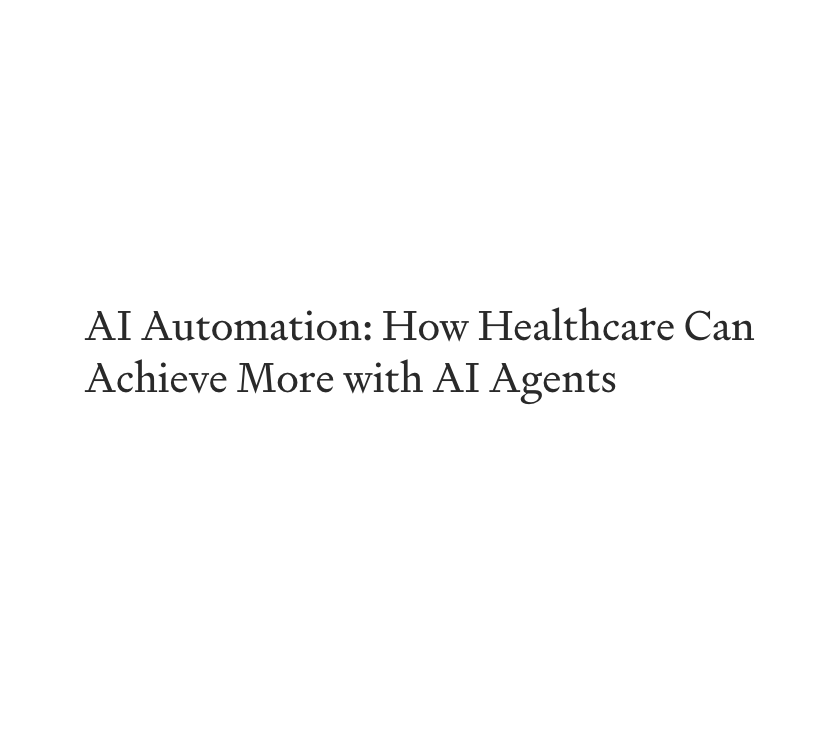
AI for Everything!
As a doctor, I’m used to diagnosing problems and finding solutions quickly. That same mindset drives my work with AI. Whether it’s streamlining workflows or crafting conversational agents that feel natural, I approach every project like it’s a puzzle waiting to be solved.
Being part of my local AI Club has also been a huge source of inspiration. Surrounding myself with other innovators pushes me to think bigger, bolder, and outside the box.
The coolest part of all this? Watching businesses realize they don’t need to fear AI—they can embrace it. Automation doesn’t mean losing the personal touch; it means enhancing it.
By taking care of the grunt work, AI lets companies shine where it matters most: creating meaningful connections with their customers.
If any of this resonates with you—if you’re curious about how AI can transform your business, or if you just want to geek out about tech—you should reach out.
Seriously, I’d love to chat. Because at the end of the day, nothing excites me more than helping others unlock the potential of AI.
Seeing the lightbulb go off in someone’s eyes when they realize what’s possible—that’s what keeps me going.
The Dark Side for Mis-using AI
I’ve seen the dark side of AI misuse too, and it’s alarming. Recently, a social media agency used AI to create ads in English, German, and Arabic without anyone on their team actually knowing those languages. They blindly trusted the output, not realizing how cultural nuances or mistranslations could offend entire communities.
Sending out a poorly crafted message can do more harm than good—it’s like walking into a room where you don’t understand the etiquette and accidentally insulting everyone. It’s irresponsible and shows why human oversight is crucial when using AI tools. Technology should assist, not replace, our judgment and empathy.
Without a good staff that knows how to use or manage AI, you cannot automate AI agents, workflows, or tasks.


